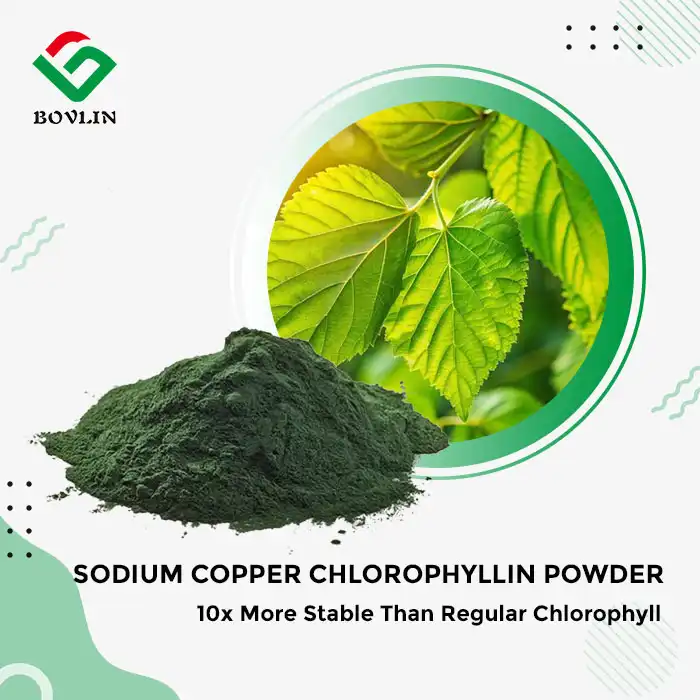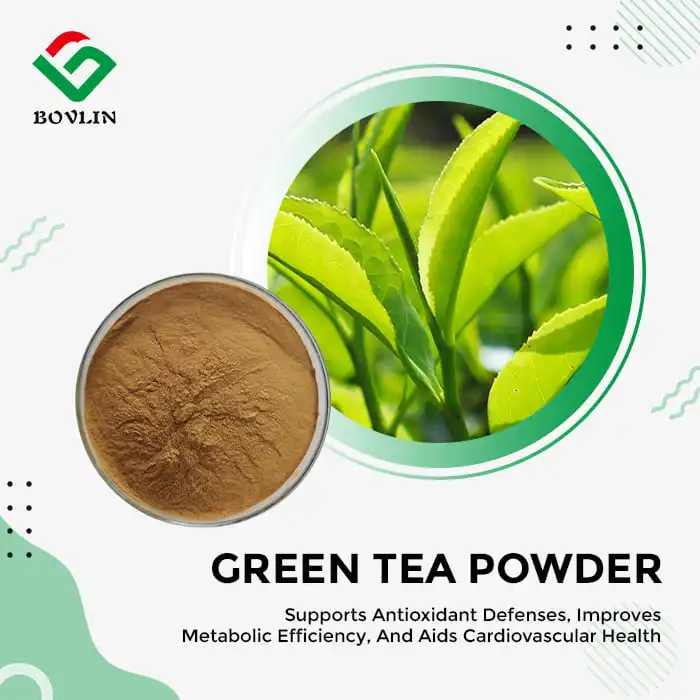What Extraction Techniques Are Used to Isolate Ginseng Peptides?
Solvent-Based Extraction Methods
Solvent-based extraction is a common technique used to isolate ginseng peptides. This method typically employs water, ethanol, or a combination of solvents to separate the desired compounds from the plant material. The choice of solvent depends on the specific peptides targeted and their solubility characteristics. Water extraction is often preferred for its safety and eco-friendliness, while ethanol can be effective for extracting both polar and non-polar compounds. Advanced techniques like ultrasound-assisted extraction may be incorporated to enhance efficiency and yield.
Supercritical Fluid Extraction
Supercritical fluid extraction (SFE) is an innovative technique gaining traction in ginseng peptide isolation. This method utilizes supercritical carbon dioxide as the extraction medium, offering several advantages over traditional solvent-based methods. SFE operates at lower temperatures, preserving heat-sensitive compounds, and leaves no solvent residues. It allows for highly selective extraction of specific peptides by adjusting pressure and temperature parameters. While initially more expensive to set up, SFE can be more cost-effective in the long run due to its efficiency and the high purity of the resulting extract.
Membrane-Based Separation Techniques
Membrane-based separation techniques, such as ultrafiltration and nanofiltration, are emerging as valuable tools in ginseng peptide isolation. These methods utilize semi-permeable membranes with specific pore sizes to separate peptides based on their molecular weight. Ultrafiltration can effectively concentrate peptides while removing larger proteins and smaller impurities. Nanofiltration offers even finer separation, allowing for the isolation of specific peptide fractions. These techniques are particularly useful for producing high-purity ginseng peptide powders with consistent molecular weight distributions, which is crucial for standardized product formulations.
Enzymatic Hydrolysis in Ginseng Peptide Production
Selection of Appropriate Enzymes
The choice of enzymes is a critical factor in ginseng peptide production through enzymatic hydrolysis. Proteolytic enzymes such as alcalase, pepsin, and trypsin are commonly used due to their ability to cleave peptide bonds efficiently. Each enzyme has unique specificity, influencing the resulting peptide profile. For instance, alcalase tends to produce shorter peptides, while pepsin may yield a broader range of peptide lengths. Enzyme selection is often based on factors like optimal pH, temperature conditions, and the desired peptide characteristics. Some manufacturers opt for a combination of enzymes to achieve a more comprehensive hydrolysis and diverse peptide mixture.
Optimization of Hydrolysis Conditions
Optimizing hydrolysis conditions is essential for maximizing yield and quality in ginseng peptide production. Key parameters include pH, temperature, enzyme-to-substrate ratio, and hydrolysis duration. These factors significantly influence the degree of hydrolysis and the resulting peptide composition. Typically, the process is carried out under controlled conditions, with pH maintained between 6-8 and temperatures ranging from 40-60°C, depending on the specific enzymes used. The enzyme-to-substrate ratio is carefully calibrated to ensure efficient hydrolysis without excessive enzyme use. Hydrolysis duration is monitored closely, as extended periods can lead to the breakdown of beneficial peptides into individual amino acids, potentially reducing bioactivity.
Monitoring and Control of the Hydrolysis Process
Rigorous monitoring and control of the enzymatic hydrolysis process are crucial for consistent ginseng peptide production. Advanced techniques such as in-line pH and temperature sensors ensure real-time adjustment of conditions. The degree of hydrolysis is often tracked using methods like the pH-stat technique or by analyzing the nitrogen content of the hydrolysate. Some manufacturers employ more sophisticated analytical tools like high-performance liquid chromatography (HPLC) or mass spectrometry to characterize the peptide profile during production. This level of control allows for the standardization of ginseng peptide powders, ensuring batch-to-batch consistency in terms of peptide composition and bioactivity.
The Science Behind Ginseng Peptide Purity and Stability
Purification Techniques for High-Quality Ginseng Peptides
Achieving high purity in ginseng peptide production is crucial for product efficacy and consistency. Advanced purification techniques are employed to remove impurities and isolate specific peptide fractions. Chromatographic methods, such as ion-exchange chromatography and size-exclusion chromatography, are commonly used for this purpose. These techniques separate peptides based on their electrical charge or molecular size, respectively. Affinity chromatography may also be utilized to isolate peptides with specific biological activities. The purification process often involves multiple steps, each optimized to remove different types of impurities while preserving the desired peptides. The result is a high-purity ginseng peptide powder with a well-defined peptide profile.
Stability Enhancement Strategies
Maintaining the stability of ginseng peptides is a significant challenge in product development. These bioactive compounds can be susceptible to degradation due to factors like temperature, pH, and oxidation. To enhance stability, various strategies are employed. Microencapsulation is one such technique, where peptides are encased in protective matrices, shielding them from environmental factors. Antioxidants may be added to prevent oxidative degradation. Some manufacturers utilize spray-drying or freeze-drying techniques to produce stable, dry ginseng peptide powders. These methods not only improve stability but also enhance the shelf life of the final product. Additionally, modified atmosphere packaging or oxygen scavengers may be used to protect the peptides during storage and transportation.
Analytical Methods for Quality Control
Rigorous quality control is essential in ginseng peptide production to ensure consistency and efficacy. A range of analytical methods are employed to characterize and validate the peptide products. High-performance liquid chromatography (HPLC) is widely used for quantitative and qualitative analysis of peptide compositions. Mass spectrometry provides detailed information on peptide structures and molecular weights. Amino acid analysis helps verify the peptide content and composition. Bioassays may be conducted to confirm the biological activity of the peptides. Certificate of Analysis (CoA) documents typically include results from these analytical tests, providing customers with detailed information on the purity, composition, and potency of the ginseng peptide powder. This comprehensive approach to quality control ensures that manufacturers receive a standardized, high-quality product for their formulations.
Conclusion
Ginseng peptide production is a sophisticated process that combines traditional knowledge with cutting-edge technology. From careful extraction and enzymatic hydrolysis to advanced purification and stability enhancement, each step is crucial in creating high-quality ginseng peptide powder. The rigorous quality control measures ensure that manufacturers receive a consistent, pure, and bioactive product. As research continues to unveil the potential benefits of ginseng peptides, this innovative ingredient is poised to play an increasingly important role in the development of functional foods and nutraceuticals, offering new possibilities for health-promoting products.

Contact Us
Are you interested in incorporating high-quality ginseng peptide powder into your products? Contact Shaanxi Bolin Biotechnology Co., Ltd. for more information on our ginseng peptide offerings and how they can enhance your formulations. Reach out to us at sales1@bovlin.com to discuss your specific needs and discover the potential of ginseng peptides for your business.
References
Chen, X., Zhang, Y., & Li, J. (2020). Advances in enzymatic hydrolysis for bioactive peptide production from ginseng. Journal of Functional Foods, 72, 104059.
Wang, L., Zhao, M., & Sun, Y. (2019). Extraction and purification techniques of bioactive peptides from medicinal plants: A review. Critical Reviews in Food Science and Nutrition, 59(16), 2620–2633.
Kim, H. J., & Park, J. H. (2018). Optimization of enzymatic hydrolysis conditions for ginseng peptide production and characterization of antioxidant activity. Food Chemistry, 248, 313–320.
Li, S., Li, H., & Zhang, Z. (2021). Stability and bioavailability of plant-derived peptides: Microencapsulation and drying methods. Trends in Food Science & Technology, 112, 96–108.
Zhang, Y., Liu, J., & Chen, W. (2017). Membrane separation technologies for bioactive peptide purification from natural sources. Separation and Purification Technology, 186, 172–181.
Park, S. H., & Kim, M. S. (2019). Analytical techniques for quality control of nutraceutical peptides: HPLC and mass spectrometry applications. Analytical Methods, 11(30), 3863–3875.











